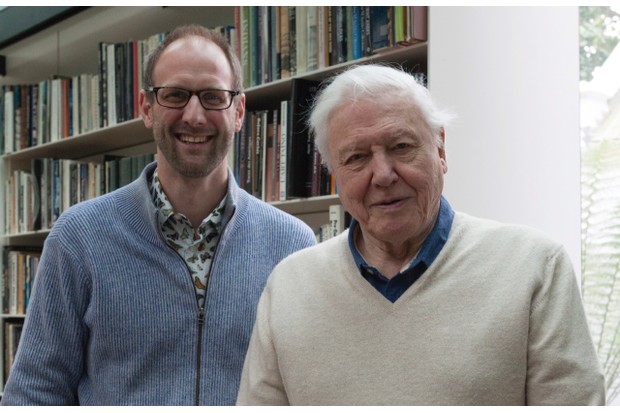Veteran broadcaster Sir David Attenborough explores the fascinating phenomenon of animals that glow in his latest enthralling TV programme. “It just seems to me like the most magical thing,” Sir David told BBC Wildlife in an exclusive interview.
Bioluminescence, as the phenomenon is known, is the production of light by a living thing. It is found in a surprisingly wide range of species, from glow-worms (actually a type of beetle) to squid, fireflies and fungi.
You couldn't even begin filming bioluminescence 15 years ago, because the cameras weren't sensitive enough, Sir David said. But he added: “It's romantic. Fireflies? Glow-worms in the British countryside? Amazing!”
Luminous earthworms are among the many curious creatures featured in the film. “They look very like the earthworms you get in the garden, all slimy and wriggly,” Sir David explained. But there is one big difference: “You dig them up… they're glowing.”
Why these earthworms glow is something of a mystery. After all, they live underground. “They can't be seen,” Sir David pointed out. “There's nothing frightening them. The earthworms themselves can't see. So what on Earth is going on?”
In the programme, Sir David asks whether the explanation could lie in ancient times. He told BBC Wildlife: “It's well-known that there is a gene for luminosity. It occurs in early invertebrates. It's in plankton, dinoflagellates in the sea, earthworms, fungi. So it leads you to suppose that the gene for luminosity must have occurred right at the basis of evolution, in a very early period.”
This raises the remarkable prospect that prehistoric seas were full of glowing animals. For example, it could be that trilobites and graptolites - abundant marine creatures that lived in the Cambrian Period 541-485 million years ago - were actually luminous.
But what might be causing this spectacular light show? Sir David offered one theory. “It may be a by-product of some of the early physiological processes, such as waste disposal or something of that sort.”
